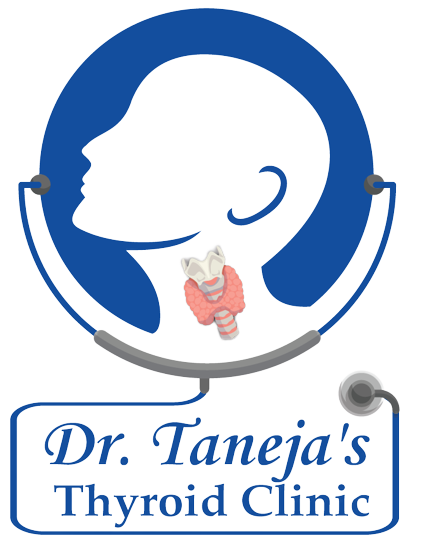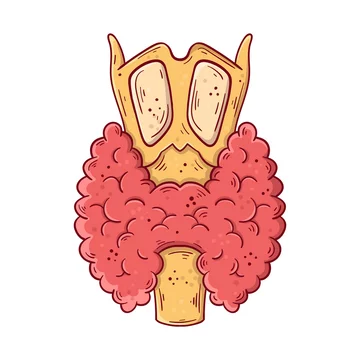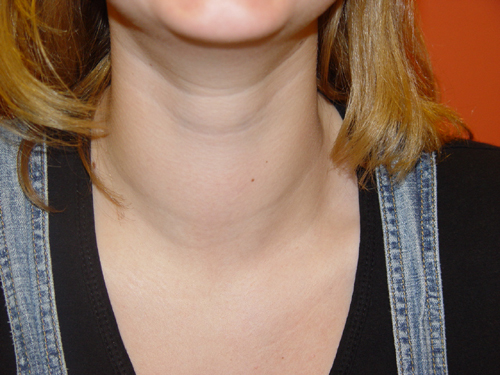Diagnosis And Differential Diagnosis Of Simple Goitre
A simple goitre, also known as a non-toxic goitre, is an enlargement of the thyroid gland that is not caused by malignancy or inflammation and does not produce excessive thyroid hormones. This condition can be either diffuse (affecting the whole thyroid gland) or nodular (with one or more distinct lumps in the gland). While a simple goitre is usually asymptomatic, its diagnosis is important to distinguish it from other thyroid conditions and to determine the appropriate management.
Causes of Simple Goitre
The primary cause of simple goitre is iodine deficiency, which leads to inadequate production of thyroid hormones. When the thyroid gland cannot produce enough hormones, it tries to compensate by enlarging to capture more iodine. In regions with adequate iodine intake, other causes of simple goitre include:
- Genetic factors: Certain genetic mutations can affect thyroid function and growth.
- Goitrogens: These are substances that interfere with thyroid function. They can be found in certain foods (such as cruciferous vegetables) and medications.
- Hormonal imbalances: Puberty, pregnancy, and menopause can cause temporary hormonal fluctuations that lead to goitre.
- Increased demand for thyroid hormones: Growth spurts and other factors may increase the body’s demand for thyroid hormones, prompting the gland to grow larger.
Clinical Presentation and Symptoms
Simple goitre is usually asymptomatic, but patients may present with:
- Neck swelling: The most noticeable sign of simple goitre is an enlarged thyroid gland, which can appear as a lump or swelling in the neck.
- Compression symptoms: In some cases, a large goitre may compress nearby structures, leading to difficulty swallowing, hoarseness, or shortness of breath.
- Aesthetic concerns: Patients may seek medical attention due to the visible neck enlargement and aesthetic concerns.
Diagnosis of Simple Goitre
Diagnosis of simple goitre typically involves a combination of medical history, physical examination, and various diagnostic tests:
- Medical History: A detailed medical history can reveal potential risk factors such as the family history of thyroid disorders, recent changes in weight, fatigue, and dietary habits (especially iodine intake).
- Physical Examination: During the physical examination, the healthcare provider palpates the thyroid gland to assess its size, consistency, and any nodules. The provider may also examine the neck for signs of compression.
- Thyroid Function Tests: Blood tests measuring levels of thyroid-stimulating hormone (TSH) and free thyroxine (T4) are commonly used to assess thyroid function. In simple goitre, TSH levels may be elevated, and T4 levels may be normal or low.
- Imaging: Ultrasound is a key imaging modality used to evaluate the thyroid gland. It provides information about the size, structure, and any nodules within the gland. Ultrasound can help differentiate between diffuse and nodular goitre.
- Fine Needle Aspiration (FNA) Biopsy: If nodules are present, FNA biopsy may be performed to assess the nature of the nodules and rule out malignancy.
Differential Diagnosis
Differential diagnosis is crucial to rule out other thyroid and neck conditions that may present similarly to simple goitre. Some conditions to consider include:
- Toxic Nodular Goitre: Unlike simple goitre, this condition is associated with the overproduction of thyroid hormones (hyperthyroidism). It is typically seen in older patients and may involve multiple nodules (toxic multinodular goitre) or a single nodule (toxic adenoma).
- Hashimoto’s Thyroiditis: an autoimmune condition that results in thyroid gland inflammation that lasts a long time. Hashimoto’s thyroiditis may present with a goitre, but it is often accompanied by symptoms of hypothyroidism.
- Graves’ Disease: Another autoimmune disorder, Graves’ disease is a common cause of hyperthyroidism and may present with diffuse goitre and symptoms such as tremors, weight loss, and eye changes.
- Thyroid Cancer: Thyroid nodules may be indicative of thyroid cancer. Suspicious nodules are evaluated with FNA biopsy to assess for malignancy.
- Subacute Thyroiditis: This condition involves inflammation of the thyroid gland and may present with neck pain, fever, and elevated inflammatory markers.
- Retrosternal Goitre: A goitre that extends behind the sternum can cause compressive symptoms and may require specialized imaging for evaluation.
Conclusion
The diagnosis of simple goiter involves a comprehensive approach including medical history, physical examination, laboratory tests, and imaging studies. Differential diagnosis is essential to rule out other thyroid and neck conditions, ensuring appropriate management and treatment. Early and accurate diagnosis can help prevent complications and provide effective treatment for patients with simple goitre.







